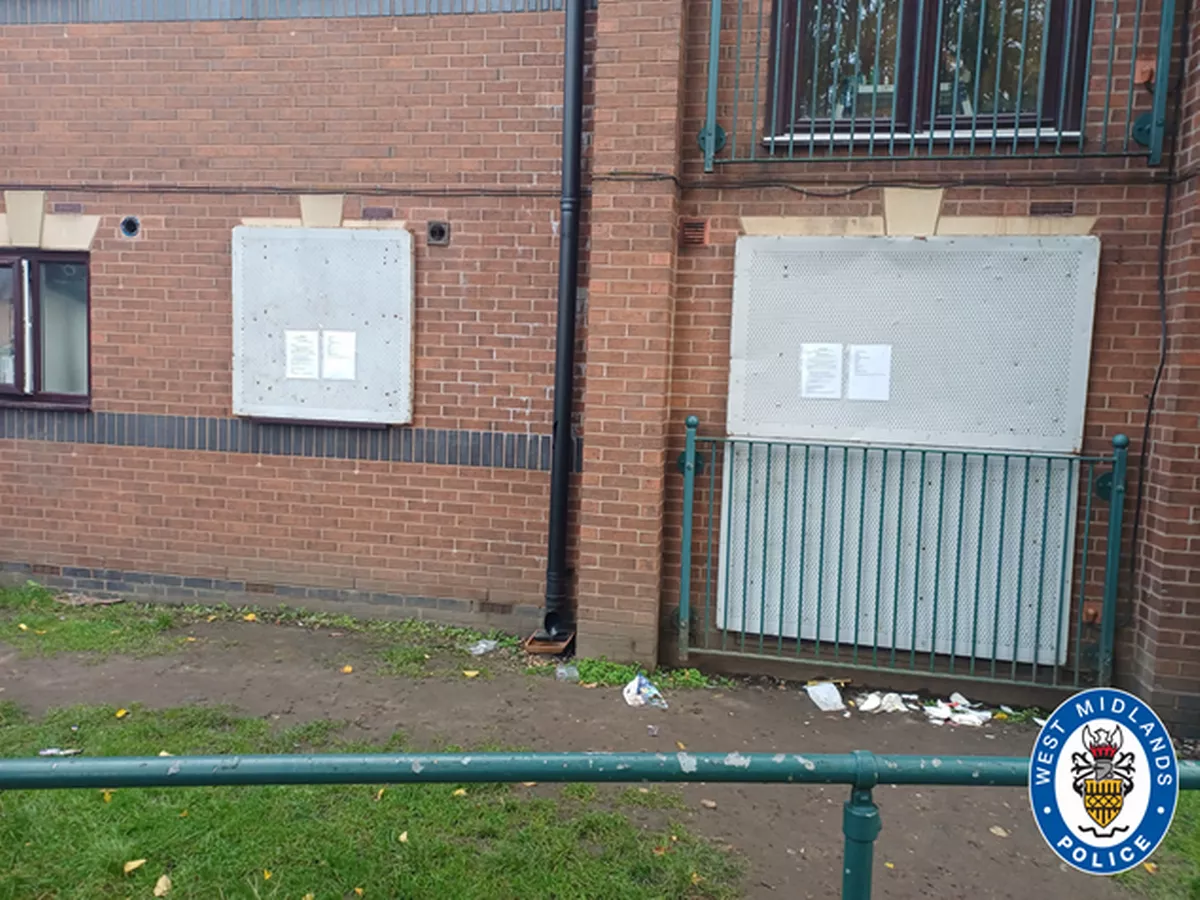Copyright brecorder

Critics of early advanced learning often argue that children lack the maturity, ethical grounding, or depth to engage in serious technical or research work. Yet across Africa, Latin America, East Asia, and beyond, a new generation is quietly dismantling these assumptions—not through theory, but through action. In Kenya, the iHub’s “Junior Makers” programme has placed AI-enabled maker kits in over 200 public schools, transforming classrooms into innovation labs. In one Nairobi school, Grade 4 students—aged 9 and 10—designed a low-cost flood-alert system using recycled plastic bottles, ultrasonic sensors, and a microcontroller. Guided by an AI tutor that explained hydrology concepts in Sheng (a widely spoken urban Kenyan dialect), they tested their prototype during the 2024 long rains. When the device successfully warned a nearby informal settlement of rising water levels, local officials invited the students to present their design to the Nairobi County Disaster Management Unit. What began as a classroom curiosity became a community safeguard—all before the children had turned 11. In Colombia, the Ministry of Education’s “Aprendo en Casa con IA” (I Learn at Home with AI) initiative has equipped over 1,200 rural schools with offline AI tablets preloaded with Spanish-language STEM modules, agricultural data, and coding environments that function without internet. In the coffee-growing region of Cauca, a group of 11-year-olds used these tools to build a soil-nutrient analyzer calibrated for local volcanic soils. Their device, constructed from repurposed smartphone cameras and open-source spectral analysis code, helped farmers optimize fertilizer use—reducing costs by 18 percent in pilot plots. The regional agricultural cooperative later adopted the tool, and two of the students were invited to co-present findings at the National Youth Science Fair in Bogotá. In China, the national “AI for Youth” pilot—launched in 2023 by the Ministry of Education in partnership with Tsinghua University and Alibaba—has integrated generative AI into primary curricula across Zhejiang, Sichuan, and Guangdong provinces. By early 2025, over 500,000 students had completed project-based AI challenges. In Hangzhou, a team of 10-year-olds developed a sign-language translation glove using computer vision and a fine-tuned open-source language model trained on Chinese Sign Language datasets. Their prototype, built with conductive thread and a Raspberry Pi Zero, translates hand gestures into spoken Mandarin in real time. The project won first prize at China’s National Youth Innovation Competition and secured a mentorship partnership with a Hangzhou-based assistive tech incubator. Meanwhile, in Vietnam, 12-year-old Linh Nguyen from the Mekong Delta used a local large language model—trained on decades of Vietnamese agricultural extension reports—to develop a voice-controlled irrigation controller for her family’s rice paddy. Speaking in her native Mekong dialect, Linh instructed the AI to analyse weather forecasts, soil moisture data, and crop growth stages. The system then activated a solar-powered pump only when needed, reducing water waste by 32 percent. With support from her school’s “AI for Farmers” club, Linh’s design is now being piloted in three communes, with plans to scale through the Ministry of Agriculture’s youth innovation grant program. These are not isolated miracles. They reflect a global pattern confirmed by hard data. The OECD’s 2025 report on children’s digital lives found that 74 percent of 10–15-year-olds worldwide now use digital tools to solve real-world problems, with AI cited as a key enabler of logical reasoning, systems thinking, and persistence. In Brazil, a UNICEF-backed study showed that students in favela schools using AI-assisted PBL scored 27 percent higher in science literacy than peers in traditional classrooms. In South Korea, the Korea Institute for Curriculum and Evaluation reported that 68 percent of middle schools now incorporate student-led AI projects into core subjects—resulting in measurable gains in collaborative problem-solving. Central to this transformation is project-based learning (PBL), now supercharged by AI. A 2024 meta-analysis by Lucas Education Research, spanning 42 studies across 15 countries, found that rigorous PBL improves academic outcomes across all subjects—but especially for historically underserved students. When learners work on meaningful, community-connected projects—like designing air quality monitors for polluted neighborhoods or building chatbots to preserve Indigenous languages—they develop not just technical fluency, but empathy, communication, and resilience. E-PBL (electronic project-based learning), enhanced by AI for research synthesis, simulation, and iterative feedback, showed even greater gains. A 2024 international study published in Computers & Education found that K–12 students in AI-enhanced PBL programmes scored 22 percent higher in computational thinking and 19 percent higher in scientific reasoning than control groups. Crucially, these benefits were most pronounced in low-resource settings, where AI acted as a force multiplier for under-resourced teachers. Yet scepticism remains. Three objections recur: brain immaturity, ethical risk, and the danger of superficial “AI mimicry” without deep understanding. On brain development, neuroscience offers compelling reassurance. Children aged 8–12 who engage in scaffolded, AI-assisted problem-solving—such as debugging code or refining predictive models—demonstrate significant gains in working memory, cognitive flexibility, and metacognition. The brain’s remarkable plasticity can, in fact, be activated as early as ages 4 to 8, enabling young minds to absorb and apply complex concepts far earlier than traditionally assumed. When nurtured through a supportive environment, intelligent digital tools, and guided human or AI mentorship, this neural adaptability allows children to acquire advanced skills with surprising speed and depth. The heightened plasticity observed between ages 0 and 12 fosters rapid learning and innovation—evident in young pioneers like Subash and Bakshi—and is further amplified by emerging technologies such as AI tutors, maker kits, and immersive simulations. Global indicators, including the 86 percent integration of AI tools in learning and documented gains from project-based education, together with neuroscientific findings from Stanford and other institutions, affirm that early, scaffolded exposure accelerates both cognitive and technical competence. However, this acceleration must rest on equitable access, ethical guidance, age-appropriate design, and rigorous validation to ensure genuine understanding rather than superficial mastery. When this natural plasticity is harnessed through thoughtful design and mentorship, children can contribute meaningfully to knowledge, creativity, and innovation long before traditional education systems would even allow them to begin—underscoring the urgency of transitioning toward an age-fluid, AI-augmented paradigm of learning. On ethics, the solution is not avoidance but immersion. South Korea’s national AI ethics curriculum for ages 11+ integrates real-world case studies: students analyze facial recognition bias in public surveillance, debate deepfake consent, and design privacy-preserving apps. A 2025 evaluation found a 45 percent increase in student awareness of algorithmic fairness and data rights after one semester. Similarly, in Rwanda, the African Institute for Mathematical Sciences (AIMS) runs “AI & Society” workshops where students audit local AI tools for gender or linguistic bias—turning abstract principles into tangible practice. On superficiality, the antidote is validation through reproducibility. The fear that AI enables “hallucinated mastery” is real—but manageable. The key is shifting assessment from standardized tests to evidence-based artifacts: portfolios, prototypes, documented code, and peer-reviewed projects. If a student claims to have built a disease-prediction model, the work must be replicable, explainable, and defensible. Consider Jack Andraka, who at 15 invented a paper sensor for early pancreatic cancer detection using only free online journals and public datasets. Denied lab access by 199 researchers, he persisted. His work was later validated by Johns Hopkins University—not because he waited for university, but because he was given trust, access, and a problem worth solving. His story proves that depth emerges not from age, but from opportunity and mentorship. This brings us to a crucial insight: the new paradigm isn’t about accelerating childhood into adulthood. It’s about honoring childhood as a time of profound creativity, curiosity, and contribution. They need tools that meet them where they are—playful, visual, collaborative, and purpose-driven. MIT Media Lab’s 2025 trial of AI-narrated interactive stories for preschoolers demonstrated this beautifully. By adapting narrative complexity and emotional tone in real time, the system improved vocabulary acquisition by 31 percent and narrative sequencing by 28 percent—not through drills, but through co-created storytelling. In Guangdong, similar tools allow children to “interview” an AI historian about local village traditions, then turn those stories into animated documentaries shared with elders. The ecosystem enabling this shift is already here. Large language models serve as personalized tutors (Khanmigo, Duolingo Max). AI notebooks like Observable let students blend code, text, and data. Makerspaces powered by micro:bit and Raspberry Pi turn ideas into tangible objects. GitHub and Replit support global collaboration. And digital badges—issued via platforms like Credly—validate micro-skills for future employers or universities. A 2025 Emerald Publishing study on future early childhood education technologies highlighted AI assistants that adapt to a child’s learning style, native language, and pace—proving that early, advanced engagement is not only feasible but transformative when designed with care. But tools alone are not enough. Without deliberate design for equity and safety, this revolution risks deepening divides. UNESCO’s 2025 AI in Education report urges nations to treat AI literacy as a basic right. Yet the OECD warns that without targeted investment, the digital gap will widen—especially for girls, rural learners, and children with disabilities. The answer lies in universal access with localized relevance. In Rwanda, solar-powered “AI Learning Pods” in 150 rural schools run offline language models in Kinyarwanda. In Peru, Quechua-speaking students use AI translators to document ancestral farming techniques. In Indonesia, Islamic boarding schools integrate AI ethics modules aligned with local values. These efforts prove that when AI is rooted in community context, it doesn’t erase culture—it amplifies it. The old model assumed that knowledge must be hoarded, rationed, and released only when deemed “ready.” The new model recognizes that in an age of abundance, the highest form of education is empowerment: giving children the tools, trust, and scaffolds to learn, create, and contribute from their earliest years. From Nairobi to Hangzhou, from Cauca to the Mekong Delta, children are already doing it. The question for educators, policymakers, and societies is not whether they can—but whether we will let them. This article is the second part of a four-part series of articles. Next week: A practical, phased blueprint for building an age-fluid, evidence-based learning ecosystem—from curiosity foundations at age 6 to independent research by 14. (The writer is an Advocate, techno-economist and former civil servant. murtazakhuhro@gmail.com) Copyright Business Recorder, 2025



